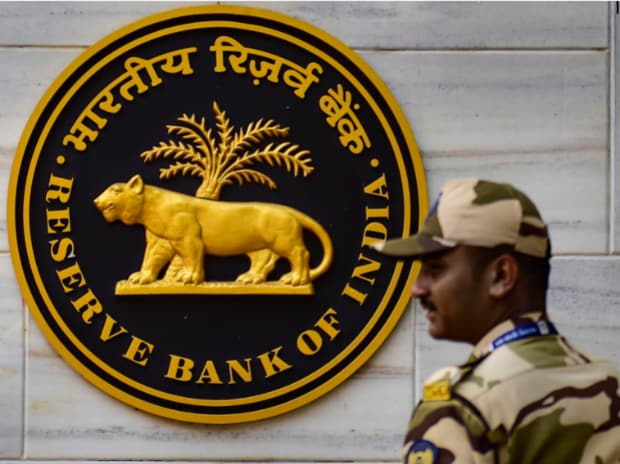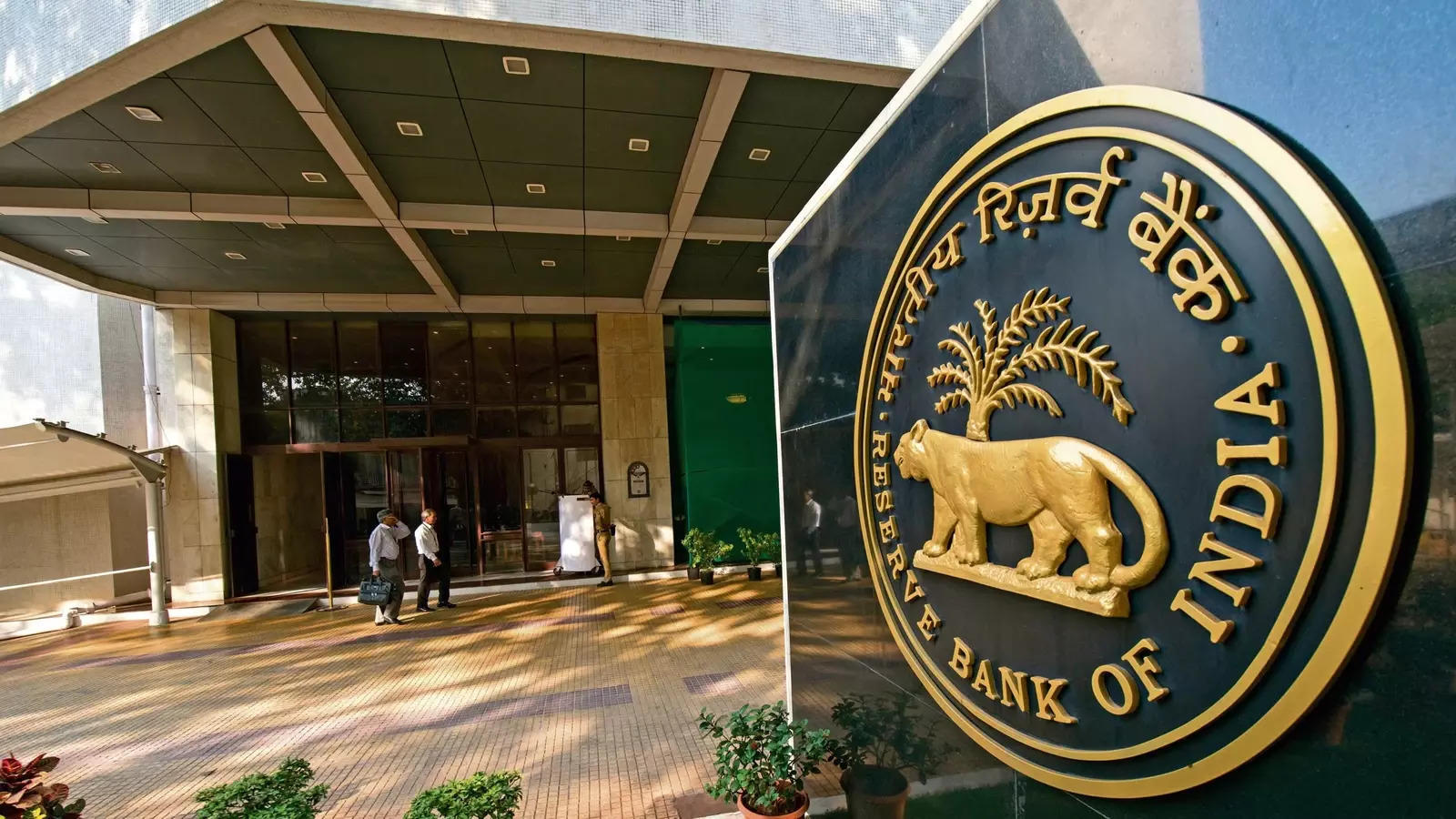RBI unveils features of the digital rupee and plans to launch a pilot soon.

Soon after the RBI reveals the features of the digital rupee, a pilot program will be launched.
The Reserve Bank of India (RBI) is very contemplating the introduction of its own digital currency, the digital rupee, with minimal impact on the financial system (eRe). It plans to roll out central bank digital currencies (CBDCs) in stages via a series of pilot programs.
In a conceptual concept note on CBDCs released on the day Friday, the RBI stated that it has been weighing the benefits and drawbacks of CBDC implementation for some time. The RBI is currently working on a phased implementation strategy, going through various stages of pilots before the final launch, and is also looking into use cases for issuing its own CBDC (digital rupee or eRe) with minimal to no disruption to the financial system.
According to the concept note, the eRe will provide users with an additional payment option in addition to the ones they already have. It resembles banknotes in appearance, but because it is digital, it is likely to be “easier, faster, and cheaper.”
It also provides all of the transaction benefits provided by other digital payment systems.
CBDCs are CBDCs that have been digitally issued as legal tender by a central bank, according to the RBI. CBDCs are intended to supplement rather than to replace existing payment methods. CBDCs, according to the note, is intended to provide users with an additional payment method.
The CBDC is similar to sovereign paper currency but takes a different form, according to the concept note. It is convertible into current currency and is accepted as legal tender, a safe place to store value, and a medium of exchange.
On the central bank’s balance sheet, the CBDC will be recorded as a liability. According to the internal working group, the RBI is considering implementing an account-based on CBDC in the wholesale segment and a token-based CBDC in the retail segment in 2020.
While wholesale CBDC is only available to a select group of financial institutions, retail CBDC is available to the general public, non-financial consumers, and businesses.
The retail CBDC is an electronic-version of cash primarily intended for retail transactions, according to the concept note, whereas the wholesale CBDC is intended for the settlement of interbank transfers and related wholesale transactions.
According to the concept note, because it is a direct liability of the central bank, the retail CBDC can provide access to safe money for the payment and settlement. The wholesale CBDC has the authority to make changes to financial transaction settlement systems to improve their efficiency and security.
The publication suggested that introducing CBDC-W and CBDC-R might be worthwhile based on their potential. For the issuance and management of CBDCs, the direct model (single-tier model) and the indirect model are being considered (two-tier model).
The central bank will be in charge of overseeing all aspects of the CBDC system under the direct model, including issuance, account maintenance, and transaction verification.
The central bank and other intermediaries (banks and other service providers, if any) must each fulfill their specific roles in the indirect model. The central bank will only deal with wholesale payments to intermediaries under this model, and the CBDC will be issued to consumers indirectly through intermediaries, with the intermediary handling any consumer claims.

According to the note, “the indirect model is similar to the current physical currency management system in which banks manage activities such as note distribution to the general public, account-keeping, adherence to requirements related to know-your-customer (KYC) and anti-money laundering and counter-terrorism financing (AML/CFT) checks, transaction verification, and so on.”
CDBCs based on tokens and CDBCs based on accounts are under consideration. A token-based CBDC, like banknotes, will function as a bearer instrument, which means that whoever has the tokens at any given time is assumed to be the owner.
An account-based system will require tracking the transactions and balances of all CBDC holders, as well as determining who owns the money in the account.
In a token-based CBDC, the recipient of the token confirms that it truly belongs to him, whereas in an account-based CBDC, an intermediary confirms the account holder’s identity.
According to the note, token-based CBDCs are preferred for CBDC-retail because they are more similar to actual cash, “while account-based CBDCs may be considered for CBDC-wholesale,” taking into account the features offered by both types of CBDCs.
According to the paper, CBDC infrastructure can be built using either distributed ledger technology or a traditional centrally controlled database. The two technologies have varying levels of efficiency and single-point failure protection, according to the paper. It also stated that cyber security, technical stability, and sound technological governance standards should be primary considerations for technology.
The concept note also stressed the significance of incorporating all aspects of physical currency, such as anonymity and universality.
“It is difficult to ensure digital currency anonymity because each digital transaction leaves a trace.” Anonymity is unquestionably an important design consideration for any CBDC. According to the report, CBDC-retail may discover that reasonable anonymity for low-value transactions, similar to that associated with cash, is a preferable option.
The concept note outlines the primary drivers for considering the issuance of CBDC in India, such as lower operational costs associated with physical cash management, improved payments system efficiency and innovation, a boost to cross-border payments innovation, and providing the general public with access to the uses that private virtual currencies can offer without the risks involved.
Private virtual currencies, according to the note, are diametrically opposed to the traditional concept of money because they lack intrinsic value. According to the report, “the use of the offline feature in CBDC would also be beneficial in remote locations, offering availability and resilience benefits when electrical power or a mobile network are not available.”
The Reserve Bank of India (RBI) announced on Friday that limited pilot launches of the long-awaited e- or central bank digital currency (CBDC) would begin soon. The pilot will first concentrate on specific CBDC use cases. The RBI issued a 51-page “concept note” on Central Bank Digital Currency on October 7, 2022. It described the unique features and functions of India’s digital currency.
The concept note outlined the Indian central bank’s vision for the e. It is the rupee’s digital equivalent. In the concept note, the RBI discussed the goals, options, benefits, and risks of issuing a CBDC in India.
The Central Bank also stated that it has been studying the advantages and disadvantages of implementing a central bank digital currency for some time. It also provided justification for the establishment of a CBDC. The concept note also describes the testing stages for e.
“In addition to the current forms of money, the e will offer another choice,” the RBI stated in the concept note. It functions similarly to banknotes, but because it is digital, it is likely to be simpler, faster, and less expensive. It also provides all of the transaction benefits provided by other digital payment systems.”

The RBIs Fintech Department.
The report is the RBI’s Fintech Department’s first comprehensive one. This division was formed in January 2022. It is in charge of establishing central bank digital currency and developing crypto regulations. The concept note from the central bank emphasized the importance of developing innovative approaches and compelling use cases that will make CBDC as appealing as, if not more appealing than, cash.
The purpose of the note is to explain, among other things, the CBDC’s technology, design decisions, potential applications, and issuance mechanisms. The effects of CBDC implementation on the banking system, monetary policy, financial stability, and privacy concerns were also studied.
There will be two sizes of the e. Both the wholesale and retail versions can be used for interbank settlements. While the RBI will issue the digital currency, commercial banks will still be able to distribute it.
Retail CBDC can benefit everyone. This means that businesses, consumers, and the private sector can all use retail CBDC. Wholesale CBDC, on the other hand, is only available to a limited number of financial institutions.
“Given that retail CBDC is a direct liability of the central bank,” the RBI stated in the concept note, “it is thought that it can provide users with access to safe money for payments and settlement.” Wholesale CBDC has the potential to improve financial transaction settlement systems’ security and efficiency. It may make sense to introduce both CBDC-W and CBDC-R based on their potential.”

In light of the various use cases, various technological alternatives will be evaluated. The results will be used to determine the final architecture. The central bank is also considering various aspects of available technological options, according to the note. A CBDC is a digital legal tender issued by a central bank, according to the RBI. CBDCs are intended to supplement rather than replace existing payment methods. The e is intended to give customers another payment option.
edited and proofread by nikita sharma




